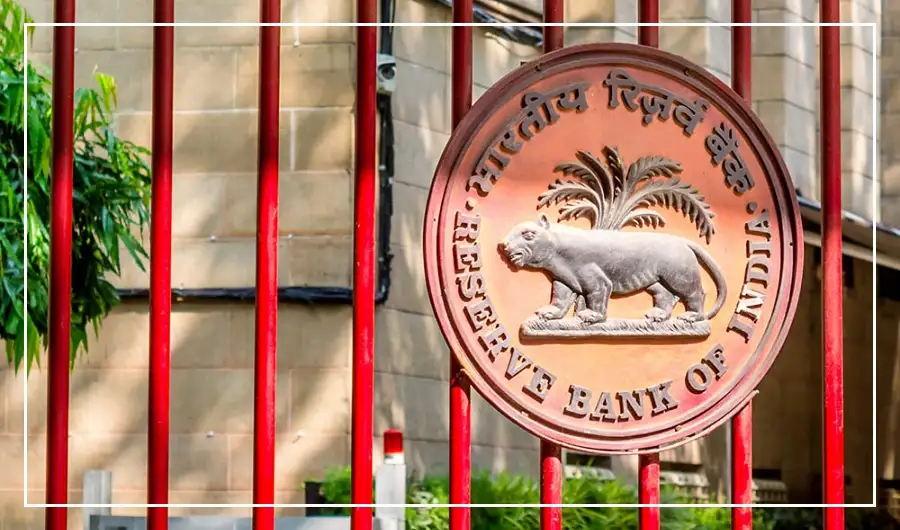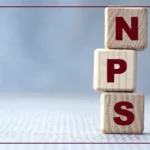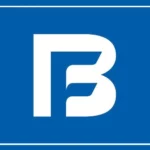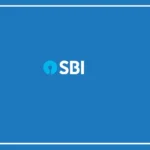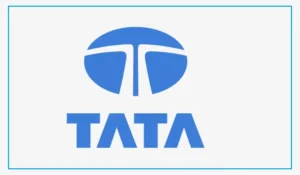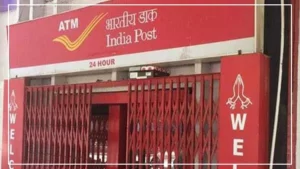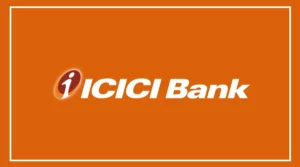From October 4, cheque clearing in India will run in a continuous, near real-time system, cutting down the time for money to reflect in accounts.
The RBI has replaced the old batch-based process with hourly settlements, making banking faster and more efficient.
How the New System Will Work
Cheques deposited between 10 a.m. and 4 p.m. will be scanned instantly and sent for clearance. Settlements will happen every hour from 11 a.m.
The paying bank must confirm payment by 7 p.m.; if not, the cheque will be auto-approved. This ensures customers get funds much quicker.
Benefits for People and Businesses
Quicker funds: Money will now be credited within hours instead of 1–2 working days.
Better cash flow: Companies will receive payments sooner, improving liquidity.
Uniform system: Clearing speed will be the same across India.
More clarity: Customers can track cheque clearance status in real time.
Evolution of Cheque Clearing
Before 1980s: Manual process took up to a week.
MICR & CTS: Reduced clearing to 1–3 days.
T+1 Model: Nationwide clearance in one day.
Now: Continuous clearing brings it down to just hours.
Phased Rollout Plan
Phase 1 (Oct 4, 2025 – Jan 2, 2026): Banks must respond by 7 p.m.
Phase 2 (From Jan 3, 2026): Response time will shrink to three hours.
Nationwide Rollout
The system will cover all bank branches under RBI’s three grids — Delhi, Mumbai, and Chennai — to ensure smooth adoption. A special trial run on October 3 will test the setup for a smooth shift.
This change marks a major step in India’s payments system, making cheque transactions as fast and convenient as today’s digital payments.


